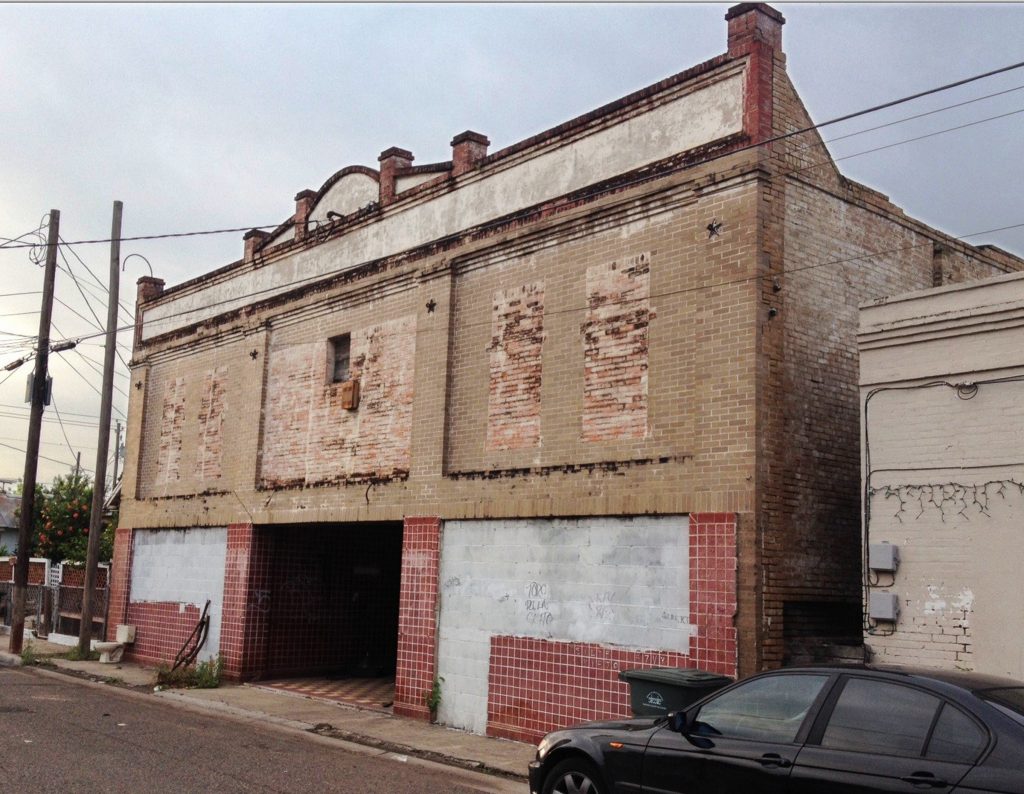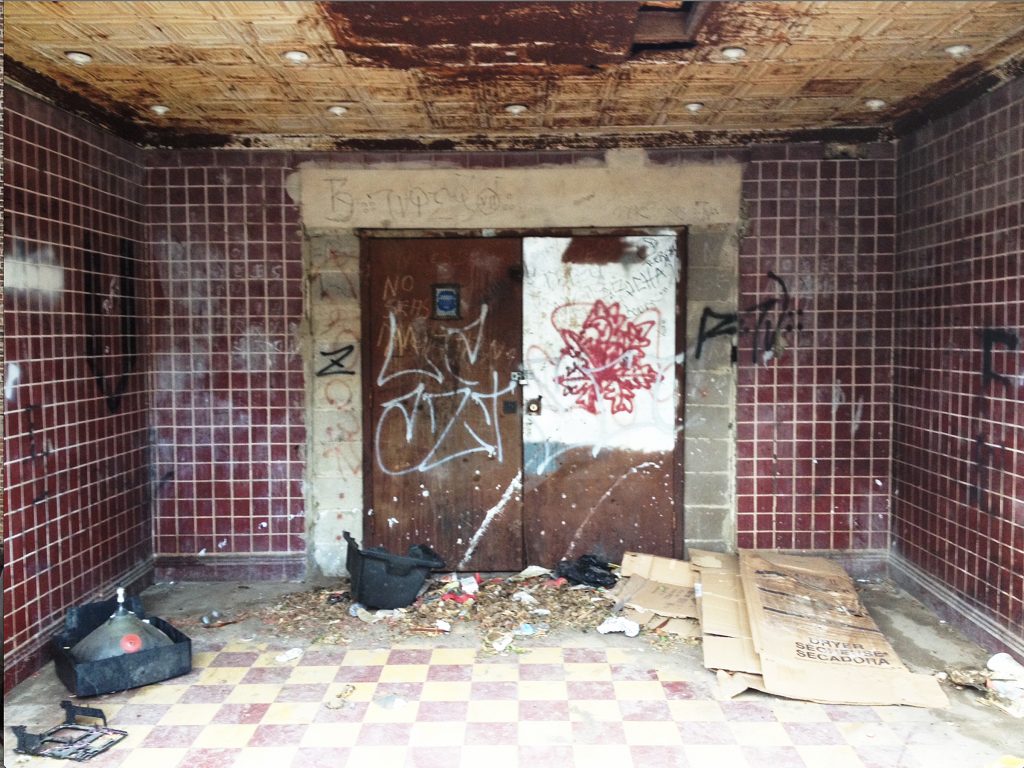ARTS: Azteca theater a cultural loss for Laredo community
From Staff Reports
Published Wednesday, Nov. 8, 2023
While several local cinemas remain torn down or closed, the Azteca Theater’s loss hit Laredo the most—from a historical perspective.
Laredo lost its lower-cost Cinemark Movies 12, west of Interstate 35, in 2020 and the Regal Hollywood cinema in 2021. Movies 12 was demolished in January 2023, but more historically significant to the Laredo community, the Azteca Theater was also demolished this year.

Department of Psychology and Communication Chair José Carlos Lozano
For Texas A&M International University Department of Psychology and Communication Chair José Carlos Lozano, who also coordinates a large international research project on the historical exhibition of films and cinema going in Mexican, Colombian and Spanish cities, as well as towns along the Texas-Mexico border, the demolition of the Cine Azteca back in July is a significant loss for the Laredo community.
“It is really unfortunate,” Lozano said. “Instead of demolishing it, the former Azteca theater building should have been restored due to its historical role–first as the Lincoln Theater in the 1920s, presenting operas, zarzuelas, dramas, comedies and all sorts of live entertainment, and later as the Azteca theater, screening Mexican and Hollywood films for working-class Laredoans, during the 1930s to 1950s. We need to fight harder to preserve the few historical buildings we still have not protected.”

The Azteca, as seen in this undated photo, before its demolition.
Lozano said the venue also was called the Lincoln Theater in the late 1910s and early 1920s, offering dramas, operettas, “zarzuelas” and other musical shows with national companies from Mexico and the U.S. From 1927 to 1933, it became the Teatro Nacional (National Theater) and kept presenting live entertainment to Laredo audiences, with occasional exhibitions of Spanish-language films.
As a border film researcher, Lozano said this was a most important venue for the presentation of international, national and local musical, dramatic and political shows and events.
“As a cinema starting in 1933, it was an emblematic theater for the working-class, Spanish-language, Mexican-American community in Laredo, providing a continuous flow of films from Mexico and other Spanish-language countries and representing a place where the neighborhood will interact and hang out,” he said. “The theater was a communal space where, in addition to the films, people from the neighborhood would meet to play lottery and bingo, as well as celebrate social and academic events.”
Lozano also examined this cinema’s glory days.

The Azteca’s entryway, as seen in this undated photo, before its demolition.
“In the early 1930s, Laredo’s 32,000 inhabitants had only three movie houses: the Strand, the Royal and the Rialto–all owned or managed by the R&R Circuit, and all located in the historical downtown,” he explained. “The scheduling of Mexican movies three days a week in the Strand was apparently not enough to satisfy the local demand, because the National Theater was refurbished as a new independent cinema venue and opened in 1933 to cater to the Laredo Mexican American audience. The Anglo-American businessman Robert Bauer, who had worked for Columbia Pictures in Los Angeles before moving to Laredo, remodeled the old National Theater on Lincoln Street, which had presented dozens of opera plays, zarzuelas, vaudeville and theater plays since the 1918s.”
According to a May 3, 1933, The Laredo Times article, the Azteca Theater opened in May 1933, devoting three days a week to Hollywood Spanish-language versions or films produced in Mexico.
“The new venue was so successful that in October 1935, Bauer opened a new theater: the Mexico,” Lozano said. “Designed, like the Azteca, to attract working-class Mexican Americans, the Mexico Theater was located in a modest neighborhood on the west side of Laredo, on Santa Maria Street. Because of the popularity of both cinema houses, the R&R group, which had also continued to screen Spanish-language films in at least one of its first-run theaters, bought both theaters from Bauer in 1937. The best films from Mexico, starring Pedro Infante, Jorge Negrete, Maria Felix, Cantinflas, Tin Tan and so on, were screened there.”
Lozano emphasized that this and other buildings must be protected to preserve the historical heritage of the city.
“The building had a great historical value not only for the Azteca neighborhood but for the whole city,” he said. “It is a shame that it was not restored and kept as a landmark after playing such an important role in the entertainment and cultivation of Mexican-American residents from the 1920 through the 1940s.”
